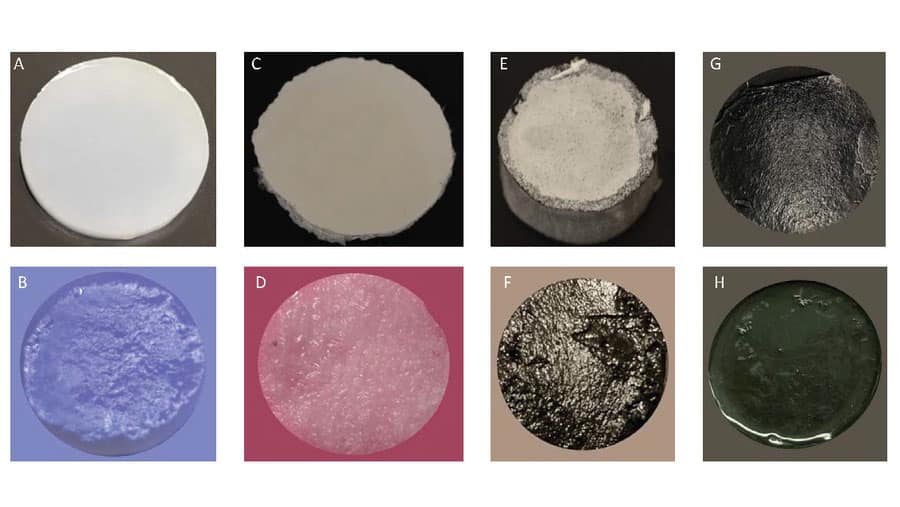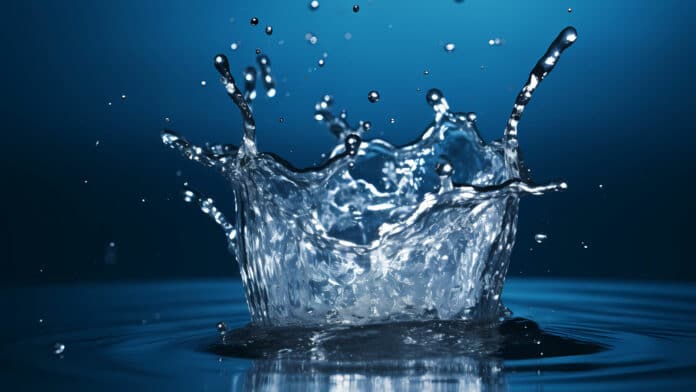A ubiquitous phenomenon in science and technology, water evaporation under sunshine has both basic and practical significance. It has been observed that solar-driven evaporation rates utilizing porous absorbers surpass the theoretical thermal evaporation limit; nevertheless, the mechanism behind this phenomenon is yet unknown.
A team of researchers at MIT has come to the astonishing conclusion that, under certain circumstances, light can directly cause evaporation at the interface where water meets air without the need for heat, and it can do so even more efficiently than heat. They have done this by conducting several new experiments and simulations. They also reexamined some results from various groups that claimed to have exceeded the thermal limit. Although the water in these studies contained a hydrogel substance, the researchers hypothesize that the phenomena might happen in other situations.
The latest findings are unexpected because water can not significantly absorb light. This explains why you can see the surface below through several feet of crystal-clear water. Therefore, to aid in converting sunlight into heat, the researchers first added particles of black, light-absorbing material to a container of water when investigating the process of solar evaporation for desalination.
Researchers tested their experiments with hydrogels, including a piece of the material from the other group.

Professor of Mechanical Engineering Gang Chen said, “We tested it under our solar simulator, and it worked, confirming the unusually high evaporation rate. So, we believed them now.”
According to researchers, the excess evaporation was caused by the light itself- the photons knocking bundles of water molecules loose from the water’s surface.
Only the hydrogel material’s surface, the water-air boundary layer, and possibly the sea’s surface or the surfaces of droplets in clouds or fog would experience this impact.
They monitored the surface of a hydrogel in the lab, which is a JELL-O-like matrix mostly made of water bound by a lattice of thin membranes that resembles a sponge. They used well-calibrated wavelengths to replicate sunshine and evaluated its reactions.
The evaporation rate was recorded as the water’s surface was sequentially exposed to various hues of light by the researchers. They achieved this by observing the temperature above the hydrogel surface and measuring the mass lost to evaporation from a container of water-filled hydrogel placed on a scale. The lights were insulated so as not to generate unnecessary heat. The impact was discovered to vary with color and peak at a specific green light wavelength. Since this color dependency is independent of heat, it is consistent with the theory that at least some of the evaporation is caused by light.
Using the same technique but with electricity heating the substance in place of light, the researchers attempted to replicate the reported evaporation rate. The amount of water that evaporated stayed within the thermal limit, even though the heat input was the same as in the other test. But it did so when the artificial sunshine was turned on, indicating that light was the reason for the increased evaporation.
Even while neither water nor the hydrogel material alone can absorb much light, Chen claims that when combined, they can absorb a significant amount of light. This eliminates the requirement for any dark dyes for absorption and enables the material to capture solar photon energy and surpass the thermal limit efficiently.
The researchers are currently figuring out how to use this effect, which they have named the photomolecular effect, for practical purposes after discovering it. In addition to a Bose Grant to investigate the phenomena’s implications on climate change modeling, they are supported by a grant from the Abdul Latif Jameel Water and Food plants Lab to examine the application of this phenomenon to boost the effectiveness of solar-powered desalination plants.
MIT postdoc Yaodong Tu said, “In standard desalination processes, it normally has two steps: First, we evaporate the water into vapor, and then we need to condense it to liquify it into fresh water. With this discovery, potentially, we can achieve high efficiency on the evaporation side. The process also could have applications in processes that require drying a material.”
Chen said, “In principle, it may be possible to increase the water limit produced by solar desalination, which is currently 1.5 kilograms per square meter, by as much as three- or fourfold using this light-based approach. This could potentially really lead to cheap desalination.”
“This phenomenon could also be leveraged in evaporative cooling processes, using the phase change to provide a highly efficient solar cooling system.”
Journal Reference:
- Yaodong Tu, Jiawei Zhou, Shaoting Lin, +2, and Gang Chen. Plausible photomolecular effect leading to water evaporation exceeding the thermal limit. PNAS. DOI: 10.1073/pnas.2312751120
